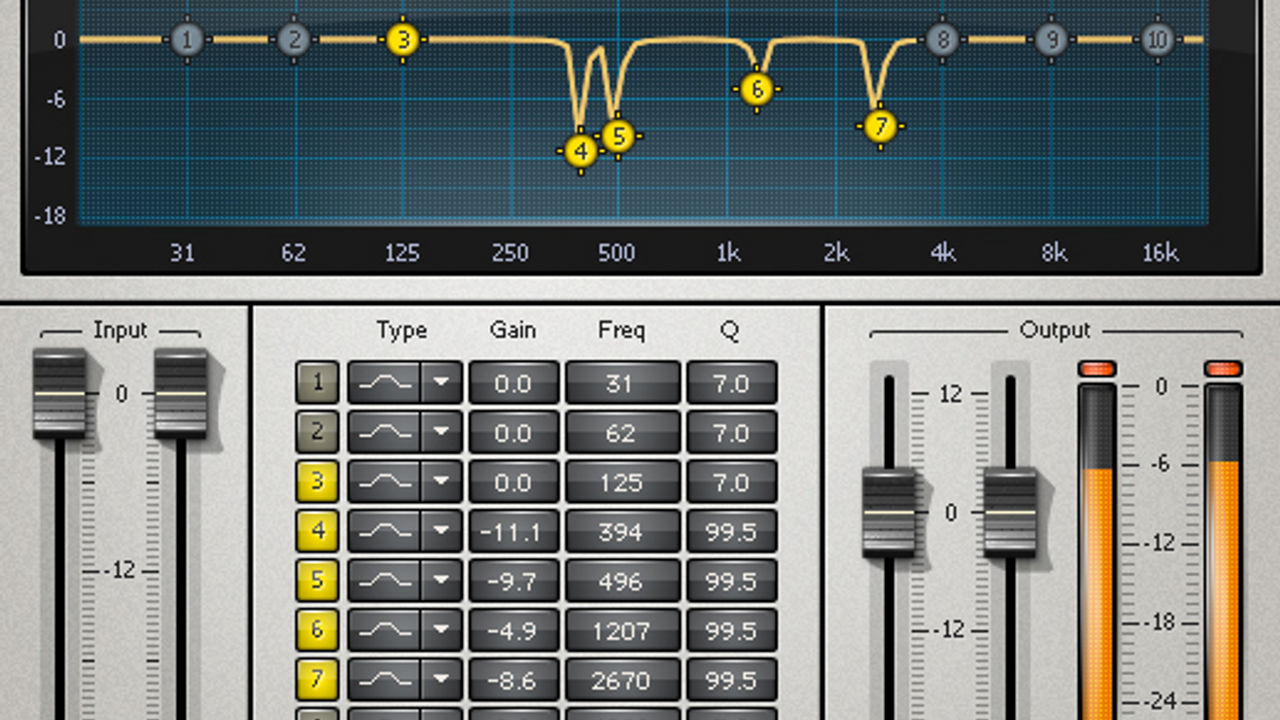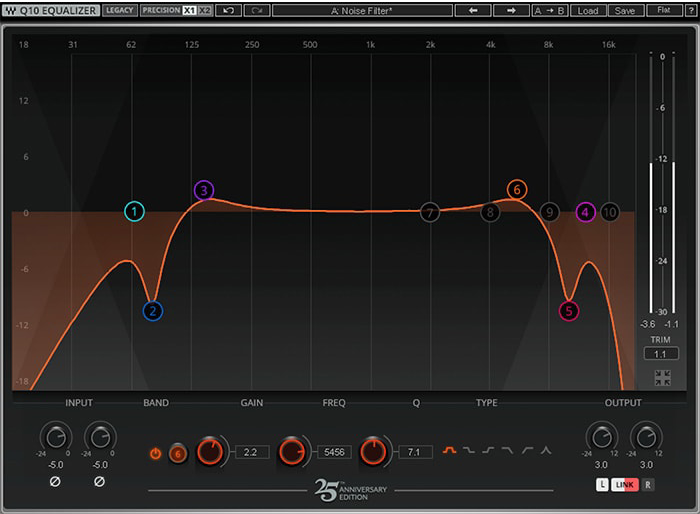One of the Most Important Elements in a Professional Mix
Mar 21, 2022
There's a lot that goes into mixing your music, and if you want to create professional-quality mixes, you'll need to understand each aspect of the music mixing process. But there's one element that's so important in the mixing process that it can't be ignored: EQ.
If you’ve ever heard a professional mix or song and thought "Why does this sound so good?" or "I can't ever get my mixes to sound like that." The answer is simple: proper EQing.
One of the most common mistakes made in music production is not using EQ correctly or ignoring it altogether.
Like a chef who must carefully balance flavors, a producer or engineer must carefully balance frequencies.
You may know that EQ is important, but do you understand what it is and how to use it effectively? It can be very intimidating, and many people shy away from using it because they don't understand its full potential. But once you get the hang of it, EQ will become one of your favorite tools.
Properly used EQ creates a balanced and expertly blended sound.
EQ is simply manipulating frequencies and creating or correcting the balance between high frequencies, mid frequencies, and low frequencies.
High frequencies are the "treble" sounds, like cymbals or chimes. Mid frequencies are the vocals and some instruments like the middle notes on a piano keyboard, they're also called "mids." Low frequencies are the bass sounds, the kick drum, and bass line.
When you learn how to balance these frequency ranges in your mix, your sounds will start to blend more seamlessly while not crowding each other and your mixes will sound more professional.
The Parametric EQ
Parametric EQ is the most commonly used type of EQ in mixing. It gives you control over three main parameters of Frequency, Amplitude (the volume level), and Bandwidth.

To use it, you’ll select the Frequency you want to adjust and then adjust the amplitude by boosting or cutting it with the Gain control. You may also have a Bandwidth or ‘Q’ control. This determines how many of the surrounding frequencies are affected by the boost or cut. A wider bandwidth will have a further reach than a narrower bandwidth.
Many EQ plug-ins also offer selectable filter types from High and Low Pass to High and Low Shelf, Notch, and Peak or Bell.
An important thing to know about using EQ is that it's not just an on/off switch, think of it more like a volume knob. When you boost or cut with EQ you are essentially turning up or turning down a specific frequency or range of frequencies. If you apply too much EQ to one frequency, it will become distorted, and if you don't apply enough, your mix won't have any depth or clarity.
If the mix is too dark, you’ll want to turn down (cut) some of the low and low mid frequencies. If an instrument sounds boxy or honky, you’ll want to turn down (cut) some mid-range frequencies. If the mix needs some air you might try boosting or adding some high frequencies. Not sure which frequency to adjust? Check out this blog.
EQ can make your kick drum sound solid and punchy, it cleans up muddy vocals, it creates space in the mix, and maximizes the impact of your individual sounds.
When mixing, it's important to consider how the frequencies of each instrument will interact with other instruments and sounds. Specific frequencies in one instrument may mask another. For example, the snare drum might be competing with the lead vocal for the same space. When you listen to the snare drum by itself it sounds tight and the tone is solid, but in the mix, that same tone is clouding the vocal space. While you might be tempted to boost the presence on the overall mix to help the vocal cut through, a better option would be to carve out some space on the snare with EQ.
EQ is best used intentionally and not haphazardly. Understanding and being able to identify frequencies will allow you to use EQ effortlessly.
For your mix and music to be represented in its best light, don’t overlook the importance or impact of EQ. When correctly applied, it will create an exquisitely blended mix where you can experience every instrument and vocal clearly and also hear them working together for a polished and professional-sounding song.
If your mix is not yet sounding as good as you’d like it to sound, consider EQ, and if you would like to be guided step by step through using EQ to improve your mixes, check out my course LISTEN!.
By: Michelle Sabolchick




